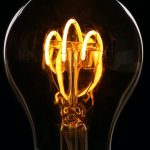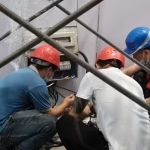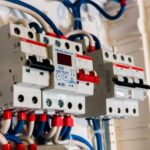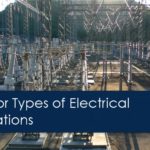As technology advances, electrical engineers constantly face the challenge of finding connectors that meet the stringent requirements of current systems. From industrial machinery to consumer electronics, connectors have to be strong, dependable, and able to operate under severe conditions. As these solutions are vital for guaranteeing efficient and safe electrical connections in many applications, this paper emphasizes five high-performance connector technologies that every electrical engineer should know.
- High-density connectors for space-saving applications
In sectors like aircraft and telecommunications, space is typically constrained, and optimizing the existing area is absolutely vital. High-density connectors, designed to integrate many connections into a small area, have little pin spacing, allowing them to handle several signals or power connections while maintaining a tiny footprint. Applications where reducing size without compromising function is crucial depend on this technology. For instance, sectors that require tiny yet strong solutions commonly utilize LEMO connections due to their high-density and precise designs. Engineers on projects with tight space constraints choose them first because of their adaptability.
- High-speed data transmission using fiber optic connectors
Fiber optic connectors have become very essential in electrical engineering as the need for quicker data transfer keeps growing. These connectors reduce long-distance interference and data loss. Fast internet and seamless data flow rely on fiber optic technologies for data centers and telecommunications. These uses depend on fiber optic connections since they send data more quickly and securely than copper wires. Users of fiber optics have to understand the various connections and how to select the appropriate one.
- Connectors for severe conditions that are waterproof
Electrical equipment in diverse areas faces rain, grime, and harsh temperatures. Waterproof connections protect electrical systems from environmental damage and ensure reliable performance in extreme conditions. These connections are used in industrial, automotive, and marine applications where water and dirt are a concern. Waterproof connectors are sealed to prevent water from entering the connecting locations, ensuring long-term use. Electrical engineers must understand ingress protection ratings to choose the right waterproof connector.
- High-current power connectors
High-current connectors are essential for fast, safe power transfer. These connectors provide high-voltage signals across large cables in power distribution, electric vehicles, and renewable energy projects. High-current connectors handle heat and electrical load without compromising safety. Engineers selecting power-intensive connectors must understand current ratings, contact resistance, and material composition.
- Flexible circular connectors
Circular electrical engineering connectors are versatile and common. These connectors come in many sizes and designs for many uses. Their strength and longevity make them common in military, industrial, and aeronautical settings. The spherical shape ensures a strong electrical connection and mechanical stress resistance. Circular connections are useful in robotics and automated systems that require regular mating and unmating.
Conclusion
Electrical engineers must be knowledgeable about the several kinds of connectors available and know which connector technology is most appropriate for every need. The need for high-performance connectors like those offered by LEMO will only increase as technology develops, guaranteeing more dependable and effective systems in all sectors.
